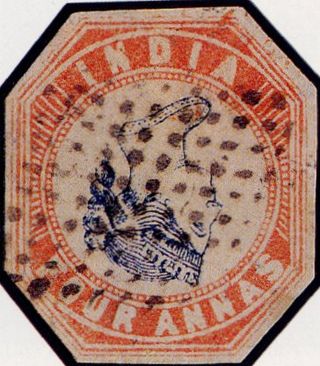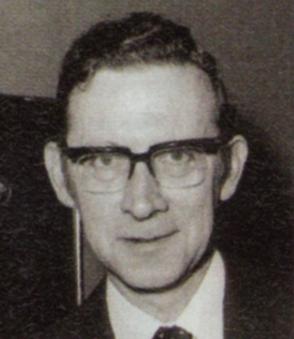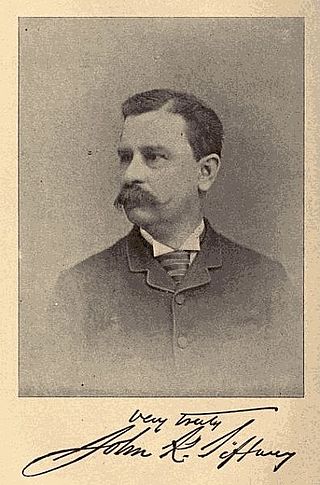
Philatelic literature is written material relating to philately, primarily information about postage stamps and postal history.

The Royal Philatelic Collection is the postage stamp collection of the British royal family. It is the most comprehensive collection of items related to the philately of the United Kingdom and the British Commonwealth, with many unique pieces. Of major items, only the British Guiana 1c magenta is missing from the collection of British Imperial stamps.

James Ludovic Lindsay, 26th Earl of Crawford and 9th Earl of Balcarres, KT, FRS, FRAS was a British astronomer, politician, ornithologist, bibliophile and philatelist. A member of the Royal Society, Crawford was elected president of the Royal Astronomical Society in 1878. He was a prominent Freemason, having been initiated into Isaac Newton University Lodge at the University of Cambridge in 1866.

L.N. and M. Williams were a philatelic writing partnership made up of brothers Leon Norman Williams and Maurice Williams (1905–1976).

The Inverted Head Four Annas of India is a postage stamp prized by collectors. The 1854 first issues of India included a Four Annas value in red and blue. It was one of the world's first multicolored stamps; the Basel Dove preceded it by nine years. However, an invert error occurred during production, showing the head "upside down."

Edward Benjamin Evans, a British army officer also known as "Major Evans", was a distinguished philatelist, stamp collector, and philatelic journalist. His philatelic specialization included Mauritius, the Confederate States of America, the Mulready envelopes, and the Indian feudatory states.

The Chalon Head is the name of a number of postage stamp series whose illustration was inspired by a portrait of Queen Victoria by Alfred Edward Chalon (1780–1860).

Sir Edward Denny Bacon was a British philatelist who helped with the enlargement and mounting of collections possessed by rich collectors of his time and became the curator of the Royal Philatelic Collection between 1913 and 1938.

James Negus was a British philatelist and book editor.

Walter Morley (1863–1936) was a pioneering English philatelist, stamp dealer and philatelic author.

Charles Nissen was a British philatelist, and stamp dealer who discovered the famous stock exchange forgery and wrote, with Bertram McGowan, the definitive book on the plating of the Penny Black.

Frederick John Melville was a British philatelist, prolific philatelic author and founder of The Junior Philatelic Society. He was also a founder in 1907 of the Philatelic Literature Society. Melville is a member of the American Philatelic Society's Hall of Fame and was a signatory to The Roll of Distinguished Philatelists in 1921.

The Roll of Distinguished Philatelists (RDP) is a philatelic award of international scale, created by the Philatelic Congress of Great Britain in 1921. The Roll consists of five pieces of parchment to which the signatories add their names.
John Easton was a printer and philatelic author who signed the Roll of Distinguished Philatelists in 1960.

John Kerr Tiffany, of St. Louis, Missouri, was one of the earliest American philatelists and was regarded in an 1890 poll of philatelists as the second most important person in philately, second only to the famous John Walter Scott.
Alexander William Crawford Lindsay, 25th Earl of Crawford, 8th Earl of Balcarres, styled Lord Lindsay between 1825 and 1869, was a Scottish peer, art historian and collector.
The Philatelic Literature Society (1907–1918) was a short-lived society to promote the cause of philatelic literature among philatelists at a time when information about philately could be hard to obtain and philatelic books expensive.

Francis Hugh Vallancey was a schoolmaster, philatelist, philatelic author and editor, and dealer in philatelic literature. His business was destroyed during the London Blitz of 1941, but he rebuilt it after the war before ill health forced his retirement.

Henry Garratt-Adams was a British philatelist, philatelic publisher and dealer in philatelic literature based in Kinnersley Castle in Herefordshire, England. After his death, a large hoard of philatelic literature was found at the castle that included many rare items dating to the earliest days of philately.
John Barefoot is a British philatelist, stamp dealer, and publisher, best known for his catalogues of revenue stamps which are known collectively as the "Barefoot catalogue".

















